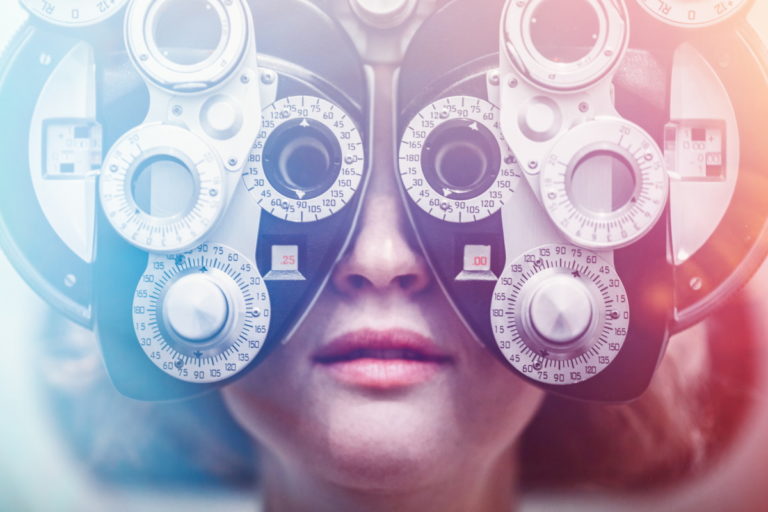
Advanced Technology
The team at River City Eyecare is trained and equipped to provide our patients with a wide array of additional testing options. If you have special eye needs, we are more than happy to assist you in evaluating, diagnosing, and treating the condition.
We pride ourselves on using the latest in current technology to diagnose and manage eye problems.
Wavefront technology
Aberrometry measures the way a wavefront of light passes through the cornea and the crystalline lens, which are the refractive (light focusing) components of the eye. Distortions that occur as light travels through the eye are called aberrations, representing specific vision errors.Wavefront technology, or aberrometry, diagnoses both lower- and higher-order vision errors represented by the way the eye refracts or focuses light.Higher-order aberrations are more complex vision errors, whereas lower-order aberrations are more common vision errors such as nearsightedness, farsightedness and astigmatism.
OCT (Optical Coherence Tomography)
This non-invasive optical signal method allows us to obtain high-resolution 3-D images of the eye from the retina to the optic nerve. It is extremely useful in diagnosing and managing conditions such as glaucoma, diabetic retinopathy, and macular degeneration.
Digital Posterior / Anterior Segment Photography
This process allows us to produce detailed digital images of the back or front of the eye. This is incredibly useful in the management of a wide range of eye conditions.
A-Scan Ultrasound
This test helps us determine the length of the eye so that we can calculate the necessary size of an intraocular lens implant. It is a common procedure after the removal of a cataract
Automated Perimetry (Visual Field Testing)
Through the use of a computer-based program, we can detect defects in the field of vision. These issues may indicate conditions affecting the visual pathway from the back of the eye to the back of the brain. Examples include glaucoma, brain tumors, and strokes.
In this procedure, we use a special gonio lens and slit lamp microscope to view the area between the cornea and iris. This allows us to diagnose and monitor a variety of eye conditions, including glaucoma.
This procedure uses ultrasound to accurately measure the thickness of the cornea. It is an important step in glaucoma detection.
This procedure tests the peripheral vision to assist in diagnosis for glaucoma and stroke related loss of vision.
